Politics & Law
The European Elections 2024
Is the far right poised to shake up the traditional centrist establishment?
By Mike Jewell

Photo by Mike Jewell
Across the European Union, the world’s second largest democratic election is happening. From 6-9 June, an estimated 373 million voters across the EU’s member states have the chance to choose the 720 members of the European Parliament (MEPs) who will represent them for the next five years.
It’s a huge exercise. Just think about the scale of the EU and the diversity it encompasses.
- The union stretches the entire length of the Mediterranean from Portugal in the west to Cyprus in the east; its southern tip, Malta, is in sight of north Africa and its northern boundary in Finland is 500 km inside the Arctic Circle
- There are 27 sovereign member states
- And 24 official languages
- Countries range in size from a population of just 0.5 million (Malta) up to 83 million (Germany)
- There is a huge spread of living standards, from Luxembourg’s GDP of EUR119,000 per capita to Bulgaria’s of just under EUR15,000.
Before discussing the possible outcome of the elections, it is worth reviewing the role of the European Parliament (EP) within the European machine as a whole, as it is far from straightforward. This is the EU, after all!
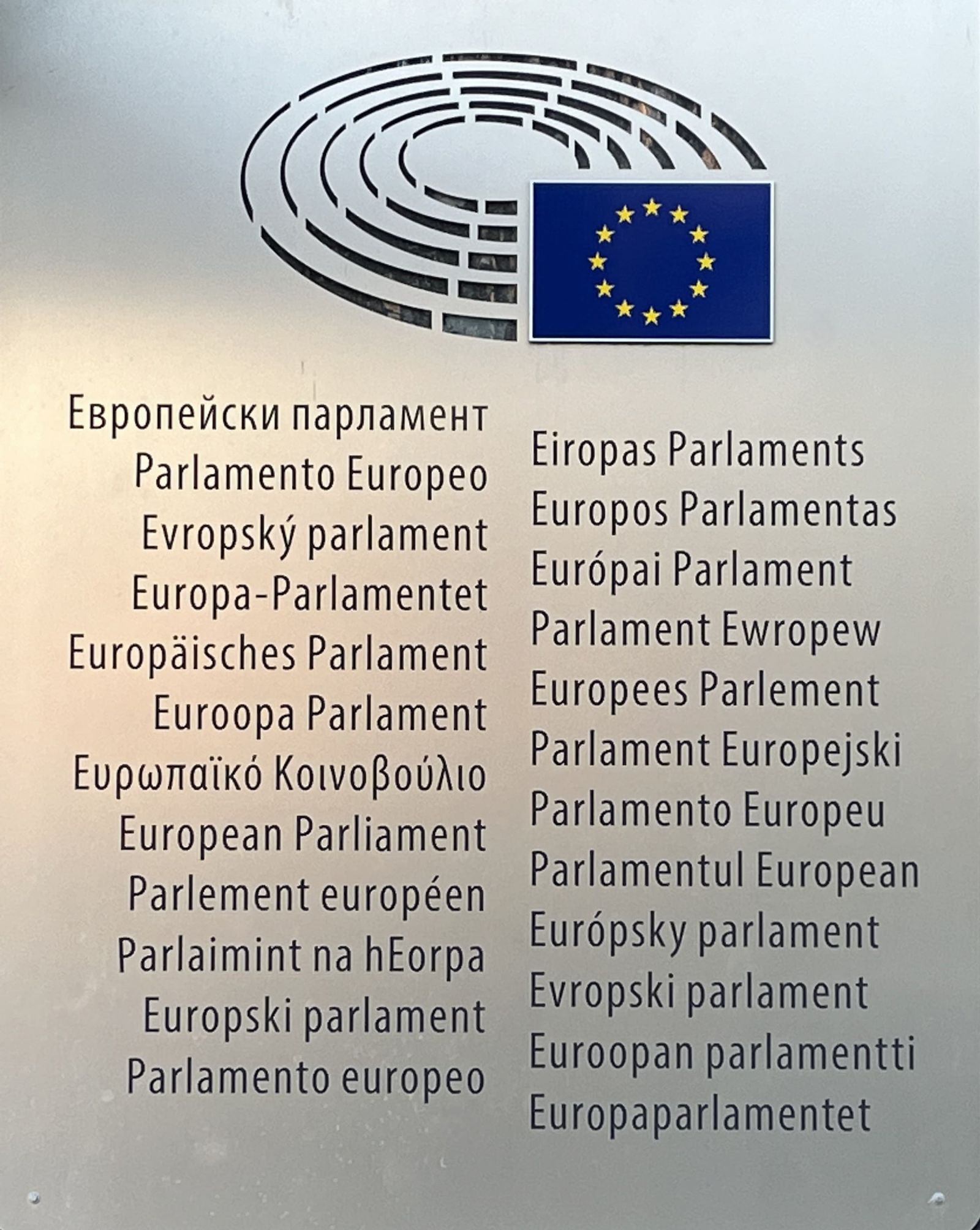
The Parliament is just one of seven principal European institutions, but it is the only EU body directly elected by the citizens of the EU. It was not always so, as it only became an elected assembly in 1979, its members having previously been appointees from national parliaments of the member states.
According to the official EU website, “The European Parliament is an important forum for political debate and decision-making at the EU level. The Members of the European Parliament are directly elected by voters in all Member States to represent people’s interests with regard to EU law-making and to make sure other EU institutions are working democratically.” Photo by Mike Jewell
By virtue of its mandate from the EU electorate, the Parliament connects ordinary citizens with the major institutions of the EU’s executive branch, the European Commission and the European Council. It shapes the direction of EU laws and policies by amending and passing laws and deciding on international agreements and enlargements and the EU's annual budget cannot be activated until it has been approved by MEPs.
Parliament oversees the work of the Commission, acting as a counterweight to the Commission, but it does not have the right to initiate legislation in the way that national parliaments do. Only the Commission can do that, although both the Parliament and the Council can request the Commission to introduce new laws.
All clear so far? Good!
Even though the Parliament cannot propose legislation, it exerts considerable influence over the executive. MEPs have the final say on accepting or rejecting the Council’s nominee for President of the Commission and they give final approval to the composition of the Commission as a whole. They also have the power, in extreme circumstances, to force the Commission to resign (as happened in 1999 in the wake of a corruption scandal).
The Parliament also plays an important role through its resolutions and committee hearings and has an indirect impact on foreign policy through its endorsement of development grants, including those to be made to foreign entities.
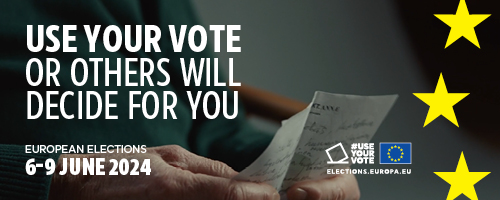
Source: European Parliament website
These are the 10th EU elections since 1979. The mechanics of running the vote are left to the individual member states, but the broad process is consistent across all 27, with results decided by proportional representation.
Sadly, EU elections have often failed to capture voter attention. After an initial burst of enthusiasm in 1979, when – perhaps driven by curiosity – turnout hit the dizzy heights of 62%, the number exercising their right has consistently dropped, down to a low of 42.6% in 2014.
Experts believe this is due to citizens and nations seeing the EU elections as less relevant than their national polls. However, 2019 saw a reversal of the trend, with turnout surpassing 50% – just – for the first time in 20 years.
Politicians and administrators within the EU hailed this result as a turning point. Philipp Schulmeister, director for campaigns in the EP, argued that events like Brexit, the migration crisis, Covid and Russia’s invasion of Ukraine have made voters take note of the EU’s impact on them and of the benefits of their country’s EU membership.
“Through these crises, people have learned that the European Union – if we get our act together – can deliver in times when it’s needed. There is a broadening debate on Europe and how Europe’s decisions impact people’s daily lives. It’s become almost impossible to discuss nearly any policy or political issue without the notion of the European Union, and by consequence the European Parliament.”
This optimism derives from one single round of voting, and we’ll find out shortly if Schulmeister’s confidence is justified. However, the latest data from Eurobarometer, the EU’s long-running official public opinion poll, support the view that Europeans are more engaged with the European project than in the past. The survey, conducted in February right across the bloc, found that 60% of the 26,000+ citizens interviewed were actively interested in the elections – by no means universal, but a majority and, critically, 11 points higher than at the same point before the polls in 2019. Furthermore, 71% indicated they were likely to vote, up from 61% in 2019.
So, coming into the elections, the portents are positive, and the EU is going all out in encouraging voter participation, via an extensive communication programme that highlights the importance of democracy.
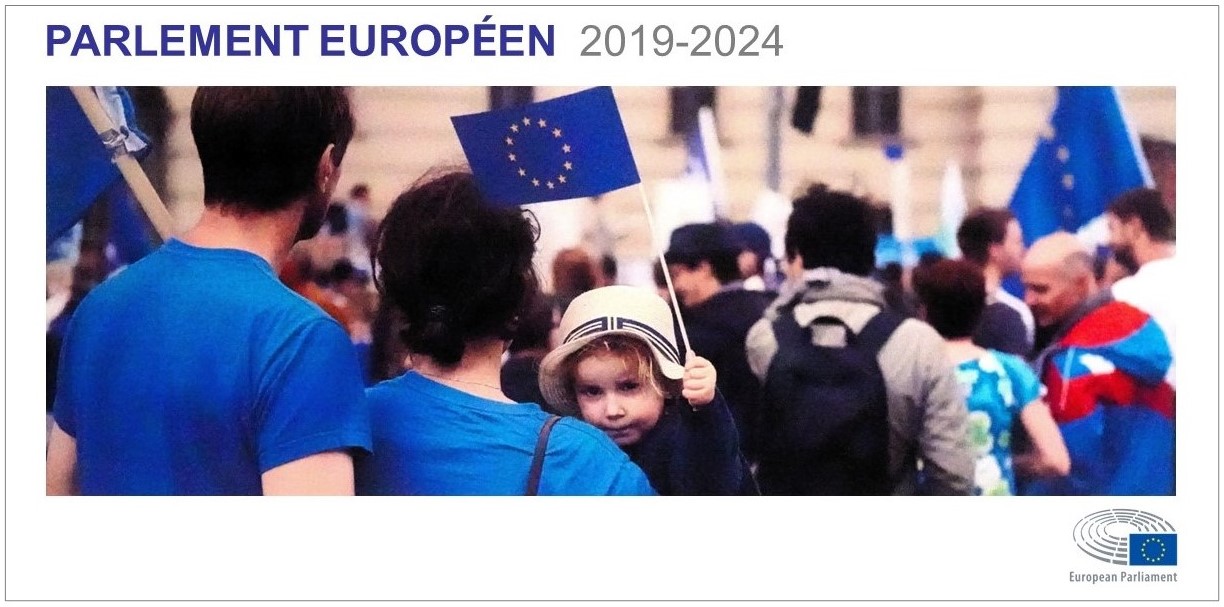
Photo by Mike Jewell
The present Parliament has 705 members, with seats distributed between member states according to population. So Germany has 96 MEPs, France 79 and Italy 76. At the other end of the scale, Cyprus, Luxembourg and Malta each have 6.
When it comes to seating arrangements in the Hemicycle, MEPs sit together in ideological rather than nationality groups. To be recognised officially under EU regulations, groups must have a minimum of 23 lawmakers from at least 7 countries. Those who are left out are labelled "non-inscrits" (non-attached) and have less prominence in debates and committees.
Currently there are 7 groups. From the political left to the right, they are: The Left, Progressive Alliance of Socialists & Democrats (S&D), the Greens/EFA, Renew Europe, Europe People’s Party (EPP), European Conservatives & Reformists (ECR), and Identity & Democracy (ID). The distribution of seats in February 2024 is shown below (including non-inscrits).
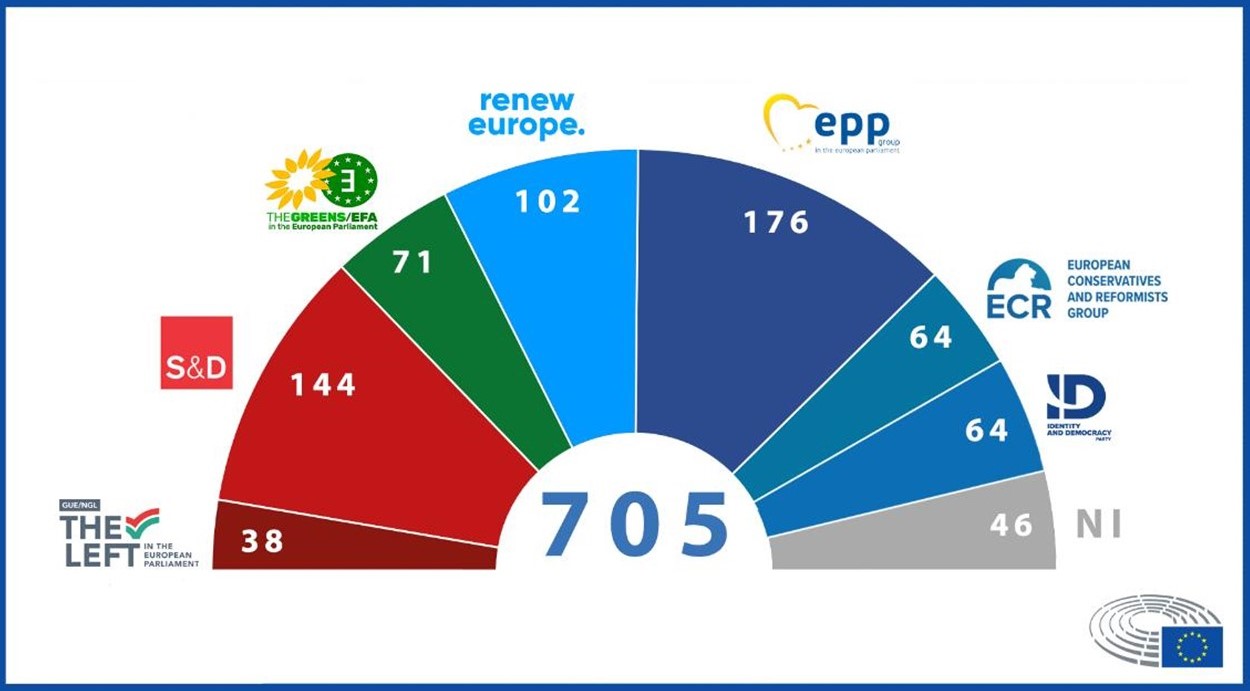
Image sourced from European Parliament website.
These groups are really coalitions embracing over 200 political parties from across the EU. Hardly surprising then that they change shape and composition regularly and new ones can be formed at any time.
One of the more dramatic changes occurred in 2009, when a splinter faction broke away from EPP and set up what is now ECR. Both groups follow centre-right ideology, but ECR is less enthusiastic about European integration than EPP. This is just one example, but the sands are constantly shifting.
These groups are critical to the operation of the Parliament, because the designated group chairs collectively make up the Conference of Presidents, the political body which frames the Parliament’s work programme and manages relations with other EU institutions, national parliaments and non-EU countries.
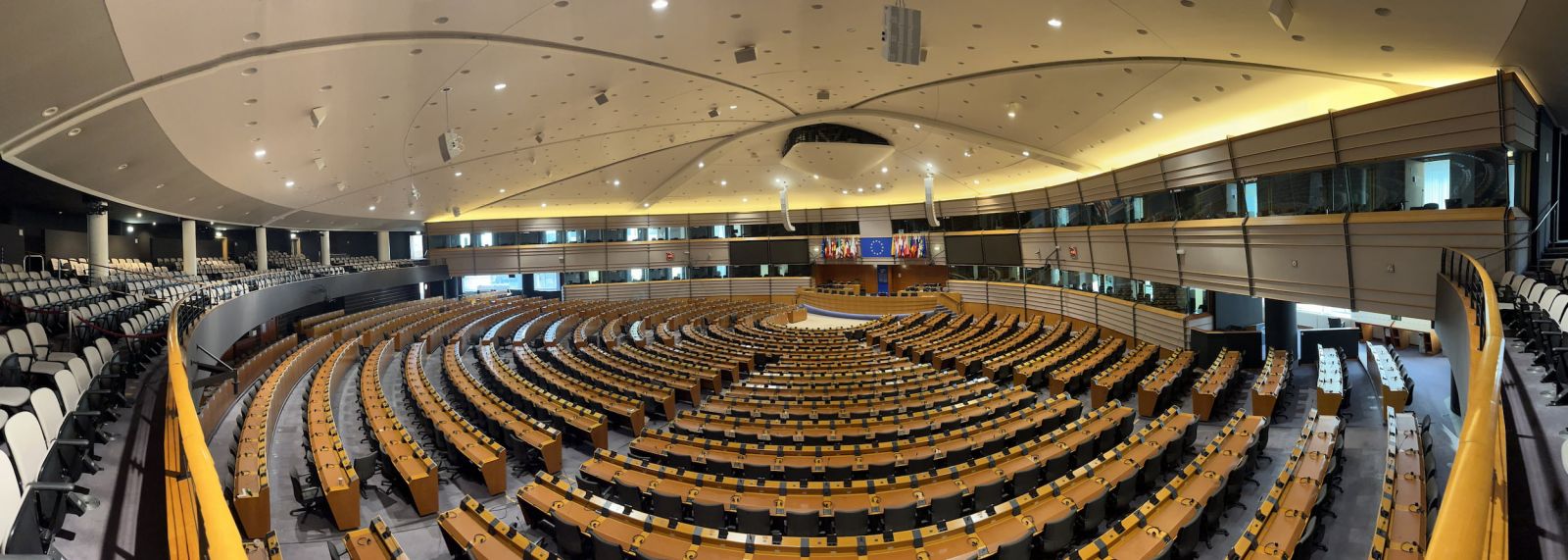
The Hemicycle ready to welcome the next batch of occupants. Photo by Mike Jewell
Right now, Europe is in a state of extreme flux. In recent years the bloc has been rocked by Brexit, the first ever departure from the EU of a member state, followed by Covid, then emerging from lockdowns to face rampant economic inflation and a brutal war on its borders that precipitated a severe energy crunch. All of this on top of an ongoing migrant crisis and more and more communities devastated by frequent and severe weather events, the result of human induced climate change.
When the current legislature took office in 2019, right wing populists were beginning to make their voices heard but were generally on the fringes. Now they have a share of power in 8 member states and their popularity is on the rise, as they rail against immigration, Islam, climate change regulations and the power of the EU over its member states, playing on the fears of an electorate frustrated by the failures of the establishment.
That frustration is clearly evident from Eurobarometer, which shows that 60% of citizens believe things are going in the wrong direction in their own country and 71% claim their standard of living has dropped in the last 5 years. Not surprisingly, emotionally charged populist rhetoric is resonating strongly.
The stigma associated with the far right in the wake of the defeat of fascist authoritarianism in World War II is gradually eroding and many far right parties have worked hard to sanitise their reputations and distance themselves from their neo-Nazi/neo-fascist roots.
They have also come to realise that strict adherence to extreme hard right revolutionary dogma is not the most effective route to power. Far better to exert influence from within the system rather than storming the barricades from without.
Contrary to expectations, Giorgia Meloni, head of Italy’s ruling Fratelli d’Italia, has adopted a pragmatic approach, supporting the EU ideal, but working inside it to craft tougher common policies on migration and other right wing agenda items.
Other far right party heads are also moderating their messages to win power, with almost no one calling for the dissolution of the EU any more. This probably reflects a realisation that breaking away from the EU is too much of a stretch for most voters who witnessed the social and political turmoil and economic downturn in the UK post-Brexit and decided they did not need yet more chaos in an already deeply unstable world.
Polls indicate that the EU is more popular among voters now than for years. In the latest Eurobarometer survey, significant numbers of Europeans acknowledged the benefits of EU membership and expressed a desire for the EU play a bigger role on the global stage, a role that is widely perceived stronger now than 5 years ago. The different crises that marked this past legislative term and the current geopolitical instability have reinforced the importance of the EU in their eyes.
Not all far right parties have been successful, though. The AfD looked for a long time as if it would completely redraw the German political map, riding the tide of public anger over EU bailouts of Greece and Germany’s open border immigration policy in the 2010s. Building on a strong base among disaffected Germans in the former East Germany, the AfD climbed to around 20% in opinion polls, presenting a real threat to the centrist establishment.
However, it has fallen from grace rapidly as a result of scandals over ties to racist and neo-Nazi extremists. To cap it off, the leader of its European campaign recently suggested that not all SS officers were war criminals. He was promptly sacked, but the damage was done, and the party was kicked out of the ID group in the European Parliament. Nevertheless, it may still garner a greater share of the EP vote in Germany than Chancellor Scholz’s SPD.
Against this backdrop. It is no surprise that most commentators are predicting a significant shift to the right in the next Parliament, with potentially major implications for the future leadership and direction of the EU.
Projecting numbers of seats is an inexact science, especially as fallouts within groups are regularly changing the equation and numerous affiliations and alliances are still to be worked out. We have already seen S&D suspend the Slovak HLAS party and ID has summarily dumped the AfD, while Hungary’s Fidesz MEPs have yet to find a home after walking out of EPP.
The general consensus, though, is that the centre-right EPP will again have the most seats, followed at a distance by S&D, although both may have some losses, seeing further erosion of their power.
Most likely to be in the ascendancy are the far right ECR and ID, even after the expulsion of AfD.
It is expected that the liberals of Renew will vacate 20+ seats and will also ditch the Dutch VVD representatives, after the party threw in its lot with the far right party in the Dutch parliament. This will likely lead to much less influence in the new Parliament.
The Greens are also expected to lose heavily. Their credibility and appeal ebbed away as people’s energy bills rose alongside concerns over security of energy supplies.
These projections are based roughly on the current composition of the Parliament, but there is considerable fluidity in the dynamics. On the left, a new populist grouping may emerge from elements of The Left, S&D and non-inscrits and, on the right, many factions have yet to decide who they will sit with.
Overall, EPP and S&D should again be the biggest parties, but they will need support from elsewhere to maintain a working majority capable of enacting a legislative programme. This time, the prevailing wind seems to be blowing from the right rather than from the liberal centre and that could push EU policy in a new direction.
Environmental policy is one key area where a right facing EP could have a major impact. The much-vaunted Green Deal, launched in 2019 to deliver carbon neutrality by 2050, may be subject to serious revision. For example, right wingers may try to push back the 2035 deadline for a ban on new fossil fuel powered vehicles.
Similarly, the new legislature may respond to the recent widespread farmers’ protests by rolling back some or all of the reforms designed to protect the environment from the damage done by modern agricultural methods.
Conservative lawmakers seem likely to turn their attention to migration, too, calling for even tougher regulations to combat unauthorised entry into the EU. One commentator explained the goal of the far right. “There is one obsession: to do everything possible to prevent migrants from arriving on European soil.”
The new look Parliament is also likely to resist the Commission’s drive for more common rules and integration, preferring co-operation rather than integration and reversing Ursula von der Leyen’s policy of more consolidation.
The EP has less direct involvement in foreign policy, but still has some influence and there is a feeling that with a more right leaning legislature, the EU’s staunchly pro-Ukrainian stance may start to waver.
“Ther are no true friends in politics.” Cicero
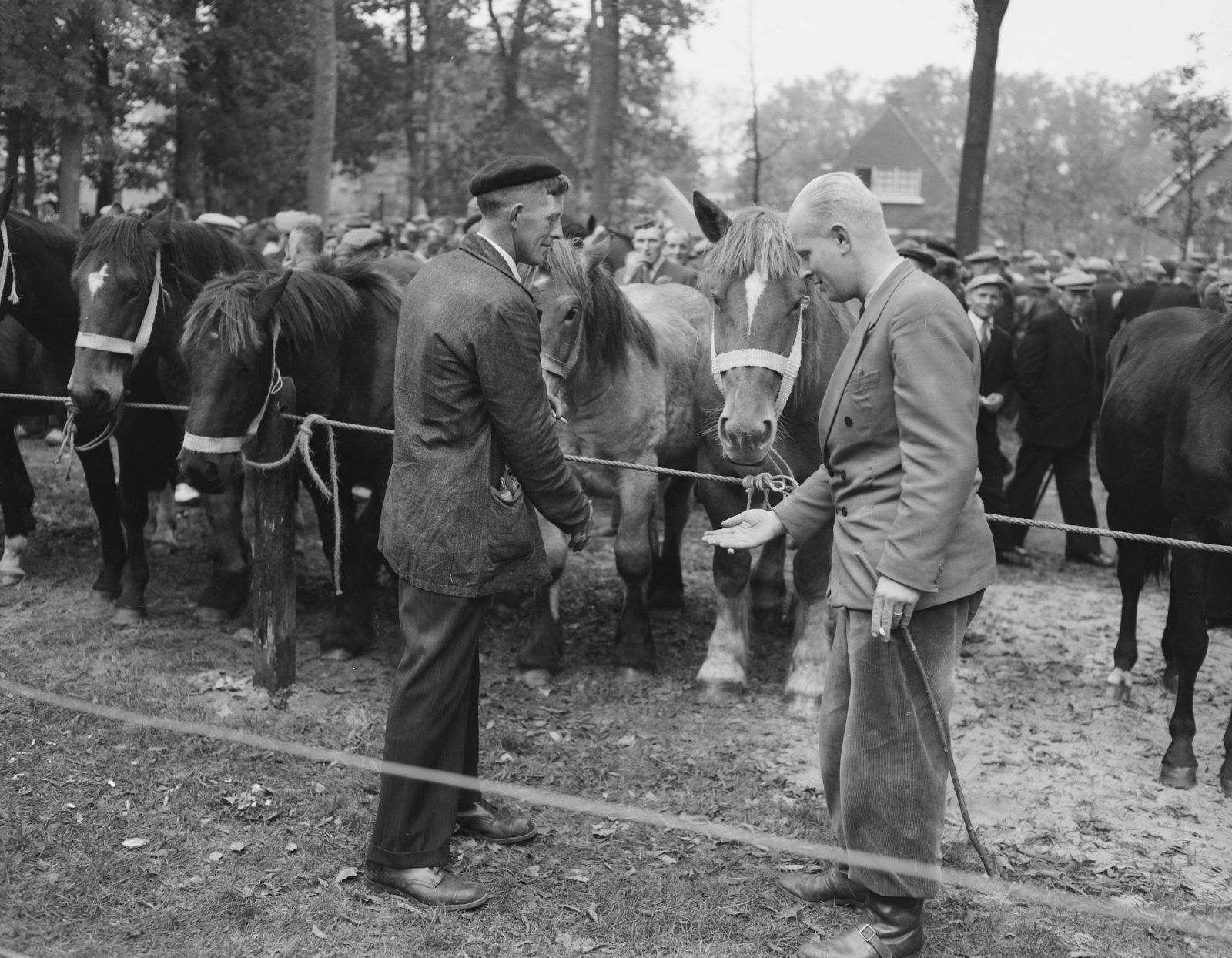
Photo by Wim van Rossem for Anefo
Once the elections are done and dusted this week, then the real fun begins!
The first order of business is to firm up the composition of the various parliamentary groups, so that the plenary session on July 16-19 can elect the President and other officers and decide who will sit on which committee.
Over the years, the presidential role in each parliamentary session has been shared between EPP and S&D, with each holding the position for one 2.5 year term. The incumbent, EPP’s Roberta Metsola, has indicated her desire to serve again and, having been elected with a big majority in 2022, there seems every chance she will get her wish.
Next up, choosing the President of the Commission and the Commissioners – a convoluted process with enough plots, intrigue, backstabbing and subterfuge to make Machiavelli’s head spin.
Eventually, the Parliament will have the final say, but much has to happen before we get to that stage. The President is nominated by the heads of government of the 27 member states and, conventionally, they opt for someone from the largest parliamentary group.
This makes current President, Ursula von der Leyen, the front runner, given that she is from EPP and wants a second term. But what happened in 2019 cautions that it may not be that simple, as Mrs von der Leyen was put forward by the Council as a compromise candidate, when it became clear that neither of their original nominees would be approved.
Even then her confirmation was by a slim margin, so the Council needs to be certain that, if they put her forward for a second term, enough MEPs will support her. That is far from guaranteed if the Parliament swings to the right, as expected. For some months, Mrs von der Leyen has been working on building on new alliances among the various groups to guard against the possibility that the centrist trio of parties will not give her a majority. She has actively courted Giorgia Meloni with a view to linking up with ECR, but this has created considerable unease with parts of her established base and it’s not even clear if ECR will agree. Marine Le Pen has countered by suggesting an alliance between ECR and Le Pen’s even more radical right wing ID group, to create a unified far right group.
Even if von der Leyen can promise a majority, the Council still may not put her forward. According to analysts, 12 Council members are firmly in the EPP camp, but there is talk in the coffee shops of Brussels European Quarter about Emmanuel Macron and Olaf Scholz preferring a change. And it is well known that there is considerable bad feeling between von der Leyen and Charles Michel, President of the European Council, so much so that Michel is thought to be doing whatever he can to torpedo Mrs von der Leyen’s candidacy.
Ursula von der Leyen remains a strong favourite, but who else might be in the running? Recently Politico put forward these names: Mario Draghi, former head of the European Central Bank; Roberta Metsola; Christine Lagarde, current head of the ECB; Klaus Iohannis, President of Romania; Andrej Plenkovic, Croatian Prime Minister; Thierry Breton, EU Internal Market Commissioner; someone else! We shall see.
Once the Commission President is in place, the horse trading turns to the selection of the High Representative of the Union for Foreign Affairs and Security Policy and the 27 Commissioners, one from each member state. This is a joint effort between the Council and the new President and once the list is complete, the Parliament gets involved again.
Each Commissioner-designate will be thoroughly grilled so that MEPs can assess their suitability for their proposed portfolios. In 2019, three nominees were considered below par, so their national governments had to provide substitutes.
Finally, there will be a plenary session where MEPs will decide whether to approve the composition of the entire Commission.
There is no hard and fast deadline for all the confirmations to be completed, but this year’s process runs the risk of being particularly contentious and protracted, owing to the likely shift in the political focus of the new assembly and the desire for new forces to make their mark.
With so much uncertainty, it will be unusually interesting to watch how everything unfolds, and the outcome is sure to have a profound impact on global geopolitics.

Photo by Mike Jewell